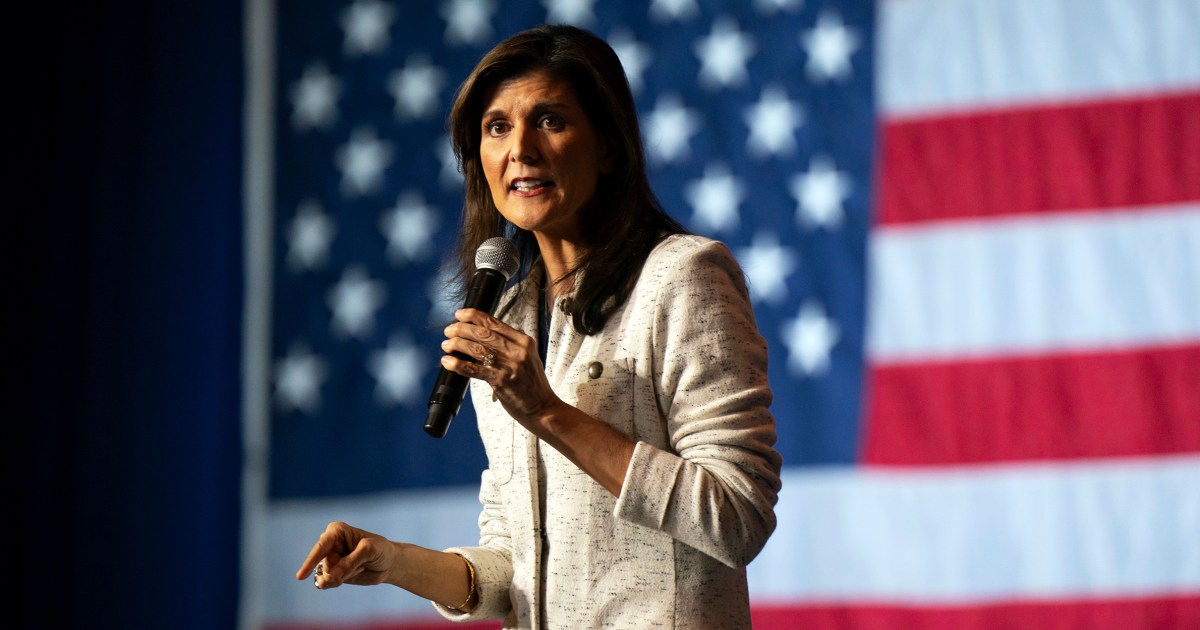
Photo: Getty Images
Next year is shaping up to be another success for school choice nationwide. Already there is significant appetite for expanding education freedom in states with unified Republican control, from Arkansas, Idaho, Iowa, Nebraska and Ohio to Oklahoma, South Carolina, Texas and Utah. But opponents won’t go away quietly. Teachers unions and their allies are arguing that giving families choices in education would devastate their state’s rural public schools.
This claim is neither new nor persuasive. Democrat Joy Hofmeister called school choice a “rural school killer” in her unsuccessful bid for Oklahoma governor this November. Texas Democrat Beto O’Rourke likewise failed in his attempt to campaign against Republican Gov. Greg Abbott’s support for school choice. This week Iowa Senate Minority Leader Zach Wahls resorted to the same tactic, calling school choice “an existential threat” to rural public schools.
These same politicians also claim that rural constituents wouldn’t benefit from school choice because the local public school is their only option. These arguments can’t both be true. If rural families didn’t have any other options, public schools wouldn’t suffer. And if rural public schools are as great as the teachers unions say they are, they would have no need to worry about a little competition.
The truth is that rural families benefit from school choice as much as any others do. More options are better than none, and supply isn’t fixed. If you put taxpayer-funded education dollars in the hands of parents, new private education providers will sprout up to meet demand.
As Florida has increased its scholarship programs over the past two decades, the number of private schools in the state’s rural areas has increased from 69 in 2002 to 120 in 2022. Although more than 70% of Florida students are eligible for private-school scholarships, the share of students in Florida’s rural private schools has grown by only 2.4 percentage points since 2012.
Despite a growth in private options, the mass exodus from rural public schools that many have warned about hasn’t happened. In fact, 25 of the 28 studies on the topic find that private-school choice leads to better outcomes in public schools, from increased test scores to reduced absenteeism and suspensions. Competition is a rising tide that lifts all boats.
The primary vehicle for enabling choice has been education savings accounts, which give parents a portion of their children’s state education funds. This money can be used for tuition at brick-and-mortar private schools but also for other educational expenses, such as tutoring, microschooling, online learning, instructional materials and home schooling. Thanks to their flexibility, the programs can help revitalize struggling rural communities by creating incentives for much-needed career and technical training and keeping residents from leaving for opportunity elsewhere.
School choice is popular among Republican voters in rural areas. Eighty-eight percent of Texas Republican primary voters supported it on the 2022 ballot, up 9 points since 2018. Among the 200 Texas counties with fewer than 100,000 residents, support remained at 88%. The same applies in other states. A 2022 poll from Iowa found that “the strongest net favorability” for education savings accounts “was from Iowans in rural communities,” who were 21.8 percentage points likelier to support than oppose the program. The latest nationwide polling from RealClear Opinion Research found that 82% of Republicans support school choice.
“Harm” inflicted on rural schools is no longer a legitimate excuse to oppose school choice. The claim certainly hasn’t prevented others from enacting innovative education initiatives. The nine most rural states, according to Census Bureau data, all have some form of private school choice. West Virginia has the second-most-expansive education-savings-account program in the nation, behind Arizona. Maine and Vermont are home to the oldest private-school voucher programs in the country—both passed in the 19th century—which were specifically designed for students in rural areas without public schools.
The arguments against school choice are no more compelling in rural areas than others. The only difference is that public school districts have relatively more political power there because they’re often one of the community’s largest employers. But giving families more options doesn’t result in a net loss of jobs; school choice simply allows families to determine where those jobs are concentrated.
According to OpenSecrets, over 90% of campaign contributions from public-school employees in deep-red rural Texas went to Democrats during the last election cycle. As education researchers Jay P. Greene and Ian Kingsbury noted, school choice merely shifts “some of the jobs from public schools dominated by Democrats to other schools whose values would be more likely to align with the those of the parents in those areas.”
Why shouldn’t parents have that choice?
Mr. DeAngelis is a senior fellow at the American Federation for Children.
December 17, 2022 at 04:49AM
https://news.google.com/__i/rss/rd/articles/CBMiogFodHRwczovL3d3dy53c2ouY29tL2FydGljbGVzL3NjaG9vbC1jb21wZXRpdGlvbi1zYXZpbmdzLWFjY291bnQtcnVyYWwtZGlzdHJpY3QtcHJpdmF0ZS1jaG9pY2UtY2hhcnRlci1mbG9yaWRhLXRlYWNoZXJzLXVuaW9uLWFjaGlldmVtZW50LWVkdWNhdGlvbi1nYXAtMTE2NzEyMTgxOTDSAQA?oc=5
Opinion | The Little Red Schoolhouse Could Do With a Little Competition - The Wall Street Journal
https://news.google.com/search?q=little&hl=en-US&gl=US&ceid=US:en

No comments:
Post a Comment